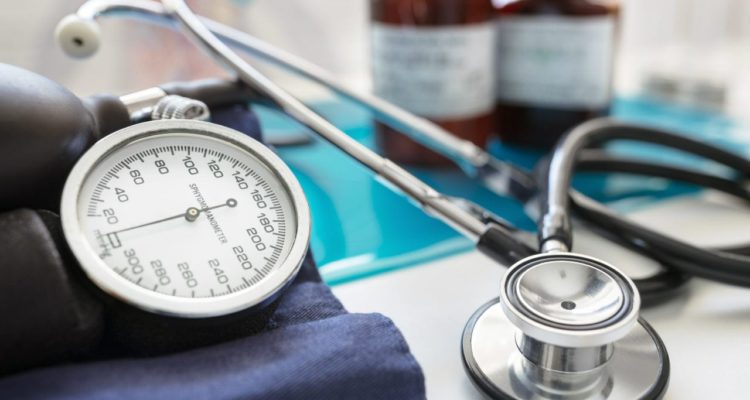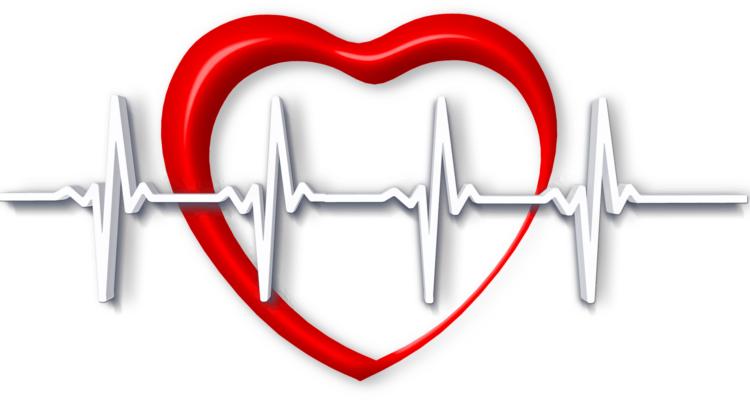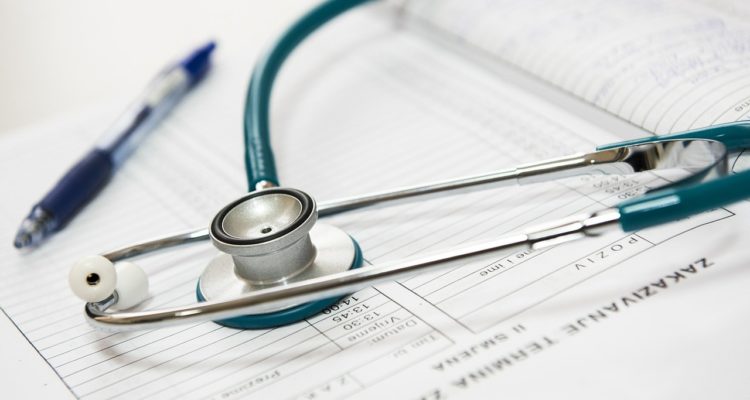
Blood pressure is recorded with two pressure measurements. The top number is called the systolic and the bottom number is the diastolic. The systolic is the highest pressure which occurs when the heart is pumping the blood to the body and the diastolic is when the heart relaxes to fill back up getting ready to pump again. The difference between the two measures is the pulse pressure which is the pressure that moves the blood through your arteries and smaller blood vessels and then back to the heart. The systolic is always higher than the diastolic meaning blood is flowing (a good thing).
Blood pressure can be measured in three ways: Ambulatory (or 24-hour), home and office monitoring.
- 24-Hour monitoring is the most expensive and most intrusive but also the most accurate. It involves wearing a blood pressure monitor for 24 hours around your arm. The blood pressure checks occur every 15 minutes when you are awake and every 60 minutes while asleep.
- Home monitoring is done by the patient. It is a little less accurate than 24-hour monitor but is easy and more affordable.
- Office monitoring done by the doctor or medical assistant is the least reliable way to assure control. This type of monitoring if used alone can lead to both overtreatment if a patient has white coat syndrome or under treatment if the patient has masked hypertension. White coat syndrome is having high blood pressure in the doctor’s office only and masked hypertension occurs when the blood pressure is normal at the doctor’s but elevated otherwise. White coat syndrome does not need to be treated necessarily but it is associated with an increase risk for heart disease. Masked hypertension needs to be treated as well as monitored outside the doctor’s office to assure proper treatment.
I encourage my patients to self-monitor at home. Home monitoring helps diagnose white coat and masked hypertension. It also gives more responsibility in the treatment plan to assure the blood pressure is controlled. Home monitoring has been shown to lead to the best overall outcomes and patient satisfaction.
The monitor is very important if blood pressure is checked at home. Arm cuffs are more reliable than wrist cuffs and are easier to place properly so I recommend arm cuffs only. The cuff should be the appropriate size covering 2/3 of the upper arm otherwise will lead to poor readings. The monitor should be verified for accuracy by checking it against another blood pressure monitor (at the doctor’s office works well). Buy monitors that are FDA approved. Personally, I recommend the Omron 10 series 875N and the Relion BP 200 arm monitors. If you want something more then go with the more expensive Qardio arm monitor. Public blood pressure machines found in pharmacies can work but they have limitations on accuracy being one size fits all and only available at hours that are less desirable for monitoring and difficult to use best practices for monitoring.
Best Practices for home monitoring
How often? Twice daily when starting a blood pressure medication or a change in medication. Wait 3-5 days to allow the new medication or change to work to start monitoring. If your blood pressure is controlled ideally then checking 2-3 times a week is fine.
When? Morning and night. Blood pressure typically rises throughout the day peaking in the mid/late afternoon and then steadily decreasing into the evening. You want to check after waking but not immediately but before taking medication, caffeine or breakfast. Then again in the evening when relaxed. Take two measurements and track (record) the lower of the two.
Position? Sitting quietly without talking for at least 5-10 minutes and having both feet on the floor not crossed. Cuff at heart level with arm resting on table or chair arm. Monitor on a bare arm and preferably the left. Do not roll up your sleeve so it is tight around the arm.
Avoid? Caffeine, nicotine and food for 30 minutes prior to monitoring and do not have a full bladder when monitoring.
I usually like my patients to track their blood pressure for two weeks twice a day then average the readings together to get their baseline pressure to determine control.


